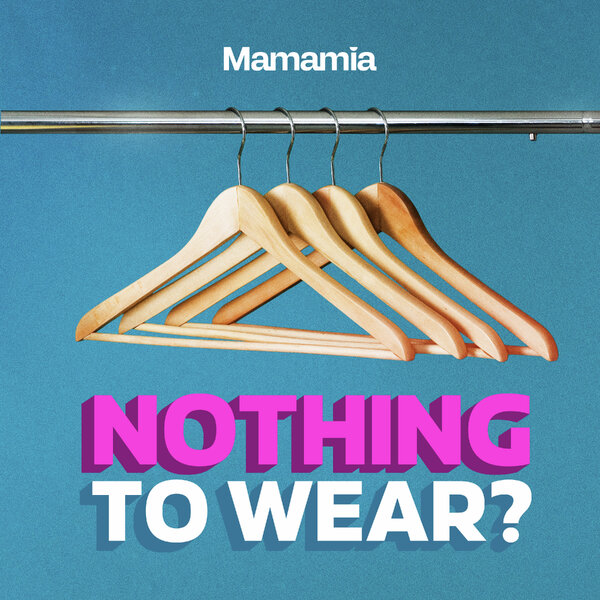I have three packets of brown lunch bags in the drawer and we’re counting down the day until school returns so it isn’t as much of a shock when the big day arrives. For all of us.
But here’s what we have to do that most families don’t: We have to prepare my son for another year of dealing with his severe food allergies at school.
At the start of each year we have to:
1. Meet with the doctor.
We visit our GP and ask for our annual referral for food allergy testing at Sydney Children’s Hospital. Without it, we can’t even make our appointments for the year. This year Philip will be ‘food challenged’ to see if he can finally eat small amounts of egg.
We then ask for a prescription for the two government-subsidised EpiPens we are entitled to each year. The prescriptions means the first two cost only $40 each. But I have to buy at least one more which will cost $140. Coupled with each EpiPen will be a packet of chewable antihistamine at $30 each.
One emergency pack will stay with me, one goes to school and the other travels with Philip wherever he goes.
2. Spend a fortune at the chemist.
We buy three EpiPens and three packets of antihistamine at the chemist. As usual they are reluctant to sell me a third without a prescription before I remind them that I could buy ten if I wanted, the prescription just lowers the cost of the two.
So give me my bloody EpiPens please.
EpiPens expire every 12 months and also need to be replaced if, God forbid, they have been used to save your child’s life.
Click through our gallery of the most common allergies. (Post continues after gallery):
Related content: When food is a killer.
3. Lolly shopping.
Next, we pack 6-8 small lolly bags to be kept in Philip’s classroom that term. Every time there is a birthday or food event in class, Philip doesn’t participate and instead gets to eat one of his special lolly bags instead.





























































































